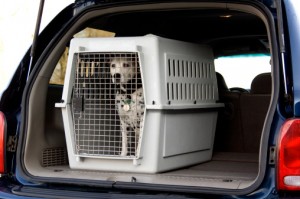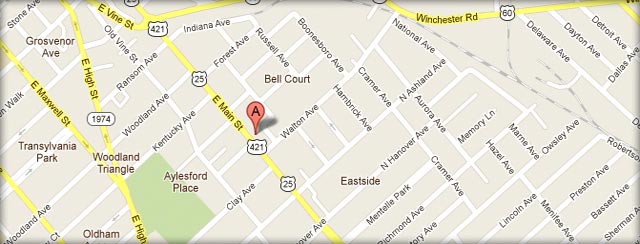- ATV accidents
- Brain Injuries
- Bus Accident
- Car Accidents
- Construction Accident
- Distracted Driving
- Drugged Driving Accident
- DUI
- Firm News
- Mass Tort
- Medical Malpractice
- Motorcycle Accidents
- Pedestrian Accidents
- Personal Injury
- Product Liability
- Safety
- Social Security Disability
- Truck Accidents
- Vehicle Accidents
- Workers Compensation
- Workplace Injuries

Many holiday travelers will soon hit the roads with their pets in tow. Plenty of people view their pets as beloved members of the family, so leaving them alone at Christmas is unthinkable. If you’re travelling with a pet during the holidays, it’s important to take precautions when you’re driving with animals so that everyone arrives at their destinations safely.
The biggest hazard stemming from driving with pets in cars is that they can cause distraction. Distracted driving resulted in more than 3,000 deaths and 420,000 injuries in vehicle accidents in 2012.
While much media attention focuses on distracted driving as it related to cell phone use and text messaging, the National Highway Traffic Safety Administration’s actual definition of distracted driving is much broader, including any type of distraction that diverts a person’s focus from driving. In other words, your pet may be a distraction.
Pets that are allowed to roam freely in cars run the risk of injuring themselves as well as their human counterparts. If a car crash occurs, a pet riding in the front seat could be injured when the airbag deploys. Pet safety advocates estimate that a 60 pound, unrestrained medium to large dog traveling at 35 miles per hour can cause an impact of 2,700 pounds when slamming into a windshield, car seat or other passenger.
A loose animal could also interfere with your steering if it jumps from the front to the back, and your visibility may be limited by large animals. Without restraints, animals – just like people who recklessly neglect to wear their seat belts – are prone to more serious injuries when collisions happen.
Many animals are also anxious travelers and respond to that stress by barking, meowing, whining and even vomiting. The noise can limit your ability to hear car horns or emergency sirens to alert you to trouble on the highways, not to mention the distraction caused by an ill animal in the car.
The Humane Society of the United States offers these tips to people who are traveling with pets:
- Restrain them properly. For dogs and cats, HSUS recommends crating them and anchoring them properly to the seats.
- Do not allow your pet to ride in the front seat, and certainly not in your lap. That puts everyone at risk of injuries and may interfere with your driving ability.
- Take lots of breaks so that your pet can stretch, go to the bathroom and relax.
- Consider having a passenger in the car who can share the responsibilities of pet care and driving.
- Don’t open your windows. It may be tempting to give your animals a breath of fresh air, but they may be injured by road debris or from air being forced into their lungs – another terrifying distraction for you.
- Do not allow your dog to ride in the bed of your truck. An estimated 100,000 dogs die each year from riding in truck beds, and countless numbers of motorists and pedestrians can be seriously injured if a dog flies out of the bed suddenly.
- Travelling with pets can be fun and safe as long as you’ve made the proper preparations. Takes steps now so that you and your furry friends can all eat, drink and be merry during the holidays.

